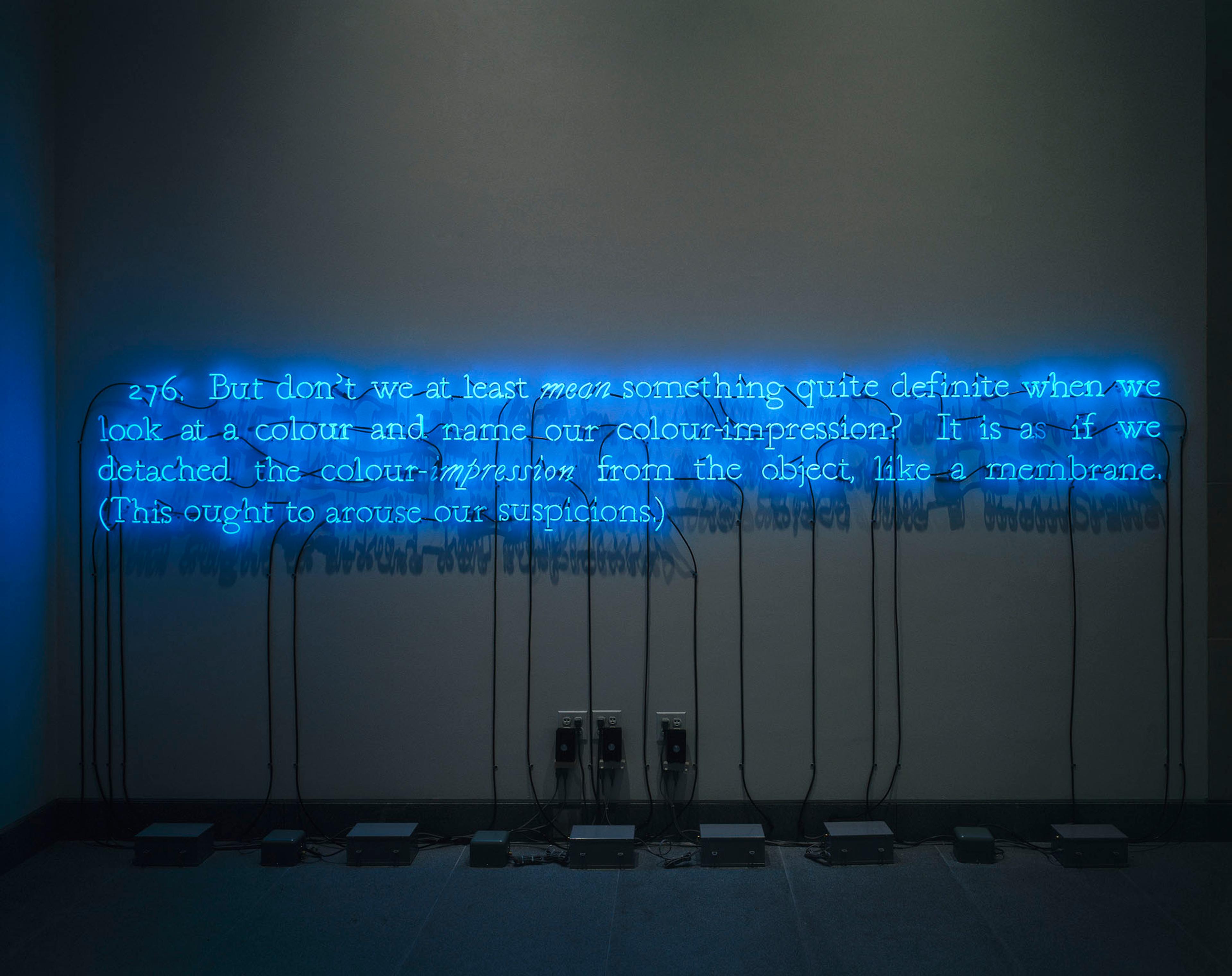Infinite Blue
1 of 9
The works of art in Infinite Blue feature blue in all its variety—a fascinating strand of visual poetry running from ancient times to the present day. In cultures dating back thousands of years, blue—the color of the skies—has often been associated with the spiritual but also signifies power, status, and beauty. The spiritual and material aspects of blue combine to tell us stories about global history, cultural values, technological innovation, and international commerce.
This cross-departmental survey includes objects from our holdings of Asian, African, Egyptian, American, Native American, and European art, among them paintings, sculpture, prints, drawings, the decorative arts, illuminated manuscripts, printed books, and contemporary art. It will expand as subsequent chapters unfold, eventually almost filling our first floor.
Infinite Blue is organized by a curatorial team including Yekaterina Barbash, Associate Curator of Egyptian Art; Susan L. Beningson, Assistant Curator of Asian Art; Meghan Bill, Curatorial Assistant, Arts of Asia, Africa, the Pacific Islands, and the Islamic World; Edward Bleiberg, Senior Curator of Egyptian Art; Connie Choi, former Assistant Curator of American Art; Joan Cummins, Lisa and Bernard Selz Curator of Asian Art; Susan Fisher, Director of Collections; Barry R. Harwood, Curator of Decorative Arts; Deirdre Lawrence, Principal Librarian, Libraries and Archives; Cora Michael, former Associate Curator of Prints and Drawings; Kimberly Orcutt, Andrew W. Mellon Curator of American Art; Nancy Rosoff, Andrew W. Mellon Senior Curator of Arts of the Americas; Lisa Small, Senior Curator of European Art; Sara Softness, Assistant Curator of Special Projects; and Eugenie Tsai, John and Barbara Vogelstein Senior Curator of Contemporary Art; with guidance provided by Nancy Spector, former Deputy Director and Chief Curator, Brooklyn Museum.
Generous support for this exhibition is provided by the Stavros Niarchos Foundation, an anonymous donor, and Room & Board.
Infinite Blue is part of A Year of Yes: Reimagining Feminism at the Brooklyn Museum, a yearlong series of exhibitions celebrating the 10th anniversary of the Elizabeth A. Sackler Center for Feminist Art.
Organizing department
Special Exhibition








